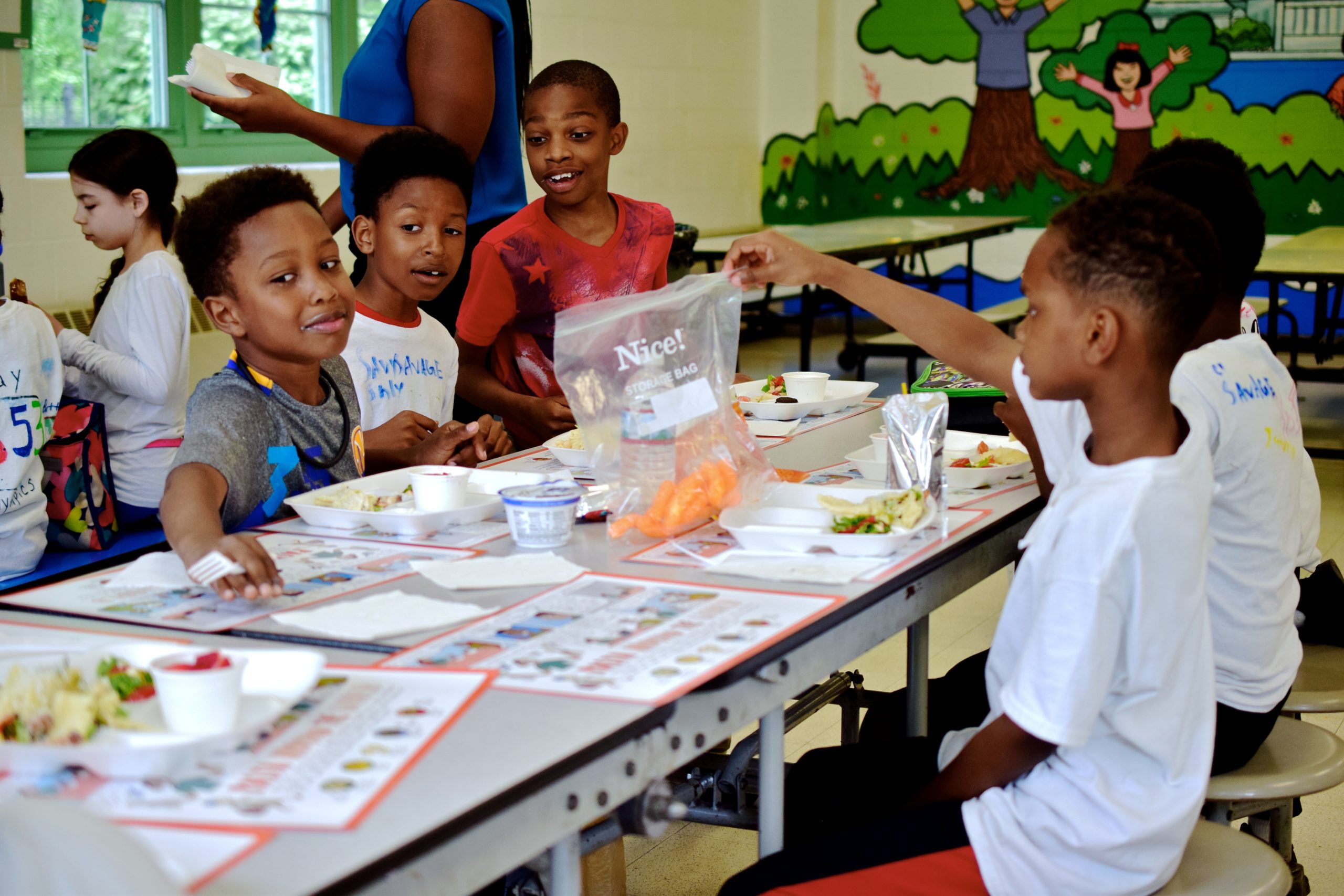“Many children – and adults – think that food behaviors are driven primarily by feelings of hunger and satiety. However, in the current food environment, there are numerous other factors that influence eating behaviors and make it difficult for children to recognize when their bodies are hungry and full. This standard is important because it will teach children to identify the multitude of external and internal factors that can influence their choices around food and eating. Such information will enable children to think critically about their own food behaviors taking into account environmental, social, and emotional factors that may make them vulnerable to eating when they are not hungry or to selecting non-nutrient-dense foods. Children also will come to appreciate that there are individual differences in the factors that affect people’s food choices, and develop knowledge to advocate for changes in the food environment. Ultimately, this standard will provide children with the skills to make healthy food choices based on a complete understanding of factors that influence urges to eat.”
– Jennifer E. Wildes
PhD, Associate Professor of Psychiatry & Behavioral Neuroscience, Director
Eating Disorders Program, University of Chicago
Expectations
Students who demonstrate understanding can: identify both external and internal factors and determine which factors are most influential in the food behaviors they make.
Grade-Specific Competencies
- Create a poster for one nutrient-dense food, inviting people to try it.
- Analyze an advertisement for a processed food and identify the language and images that encourage people to eat or buy it. Note: This could be completed as a class or individually.
- Create a story about why you eat what you eat for one meal
Real World and Community Experiences
- Field trip to grocery store to learn about product placement or guest speaker
- Watch PSA’s from the 1980’s (Schoolhouse Rock, PSA’s about food circa 1980) and create videos about eating nutrient-dense foods.
Grade-Specific Competencies
- Describe how personal beliefs, values, and emotions influence food behaviors.
- Explain how both physical and “perceived” hunger, both short-term and chronic, influence food behaviors.
- Analyze one advertisement for messages about food, health and self-image.
Real World and Community Experiences
- Class visit from Advertising Agency
- Field trip to grocery store to discuss product placement
- Watch PSA’s from the 1980’s (Schoolhouse Rock, PSA’s about the human body circa 1980) and create videos about how the body works and how it uses foods
Grade-Specific Competencies
- Analyze how global markets influence food behaviors.
- Analyze how marketing to specific demographics influence food behaviors.
- Evaluate socio-economics, geographic location, and media shape food behaviors.
- Evaluate how the food industry influences food behaviors through media, packaging, and portion sizes.
- Analyze how peer relationships influence food behaviors.
- Analyze how nutritional needs (e.g. greater-than-average caloric count), biology (e.g. allergies, sleep quantity and quality), and agency (e.g. acting upon taste preferences) influence relationships with food.
Real World and Community Experiences
- Field trip to Advertising Agency to learn about how food ads are developed and time placements on television.
Grade-Specific Competencies
- Evaluate the role of government policies (e.g. farm subsidies, trade agreements, MyPlate and other nutritional recommendations) on food behaviors.
- Evaluate or advocate for one government policy that affects food behaviors.
- Produce a detailed analysis of the way in which a media message attempts to influence food behaviors.
- Evaluate how environmental and human disruptions impact food behaviors.
Real World and Community Experiences
- Interview local, state, or national policymakers about their role in shaping food behaviors.
- Start a single-issue local campaign to shift a government policy in order to improve food behaviors.
- Visit an advertising agency and interview executives about how they shape public opinion.
- After analyzing media messages, design an ad campaign to improve food behaviors.

